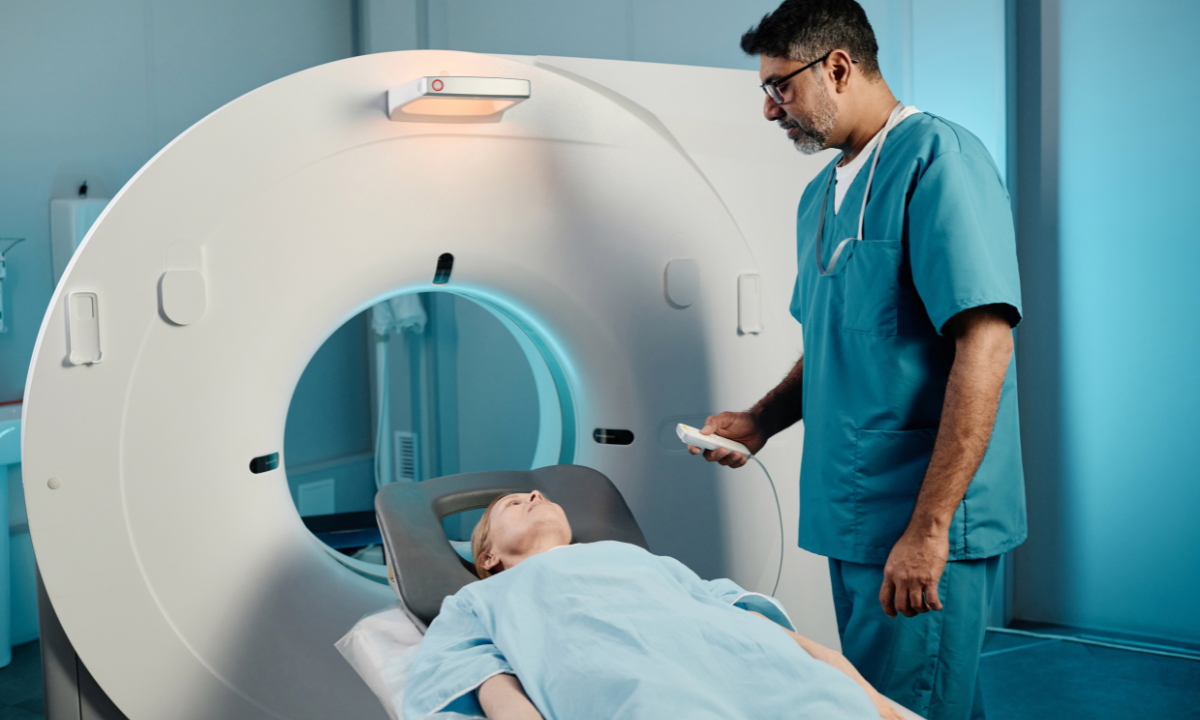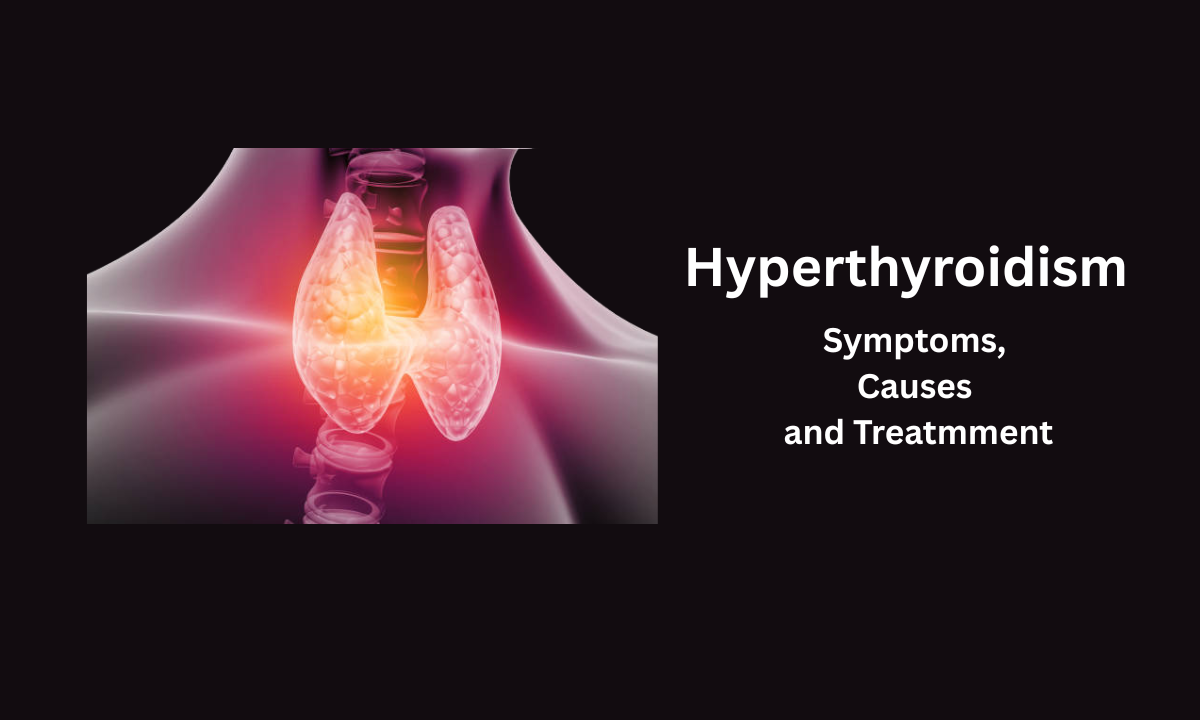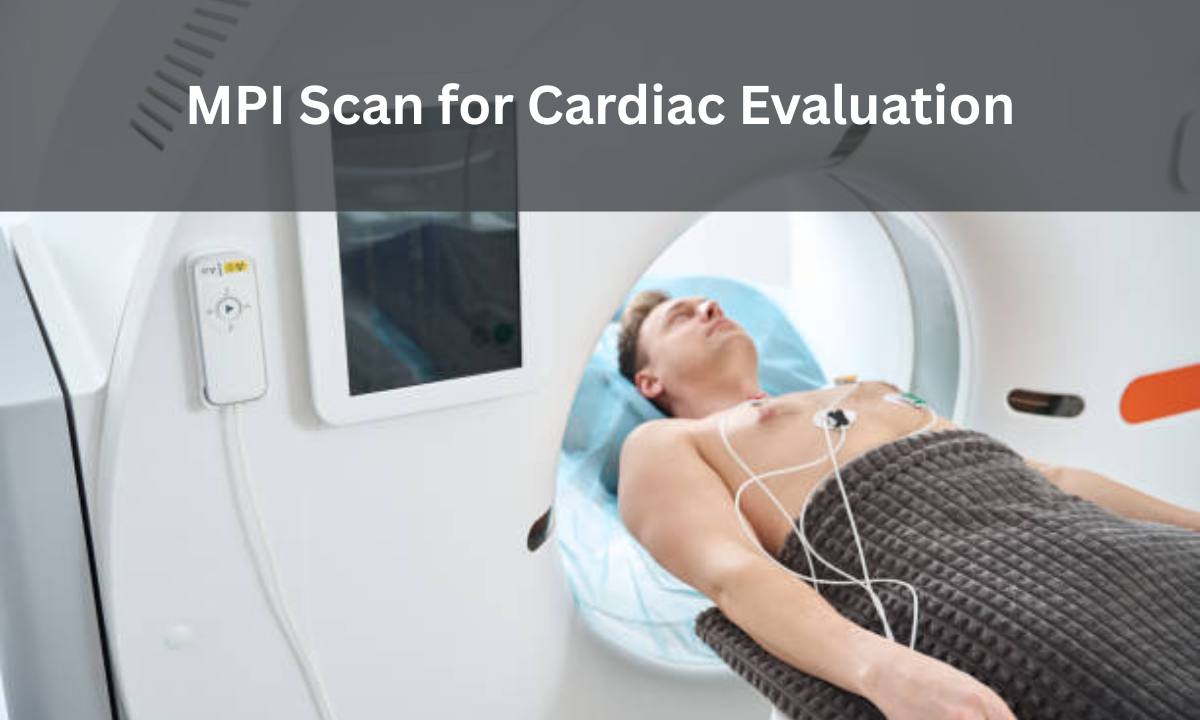A brief overview of Tc-99m DMSA
What is DMSA?
- Dimercaptosuccinic acid is a nephron specific drug that binds to the proximal and distal convoluted tubules of the nephron.
- It can be used to obtain differential renal cortical function, and is a good indicator of structural/anatomical defects of the kidneys.
What is its mechanism of action?
- DMSA has a high affinity for the megalin-cubilin complex in the proximal convoluted tubule and remains bound to it within the tubular epithelium.
- This enables visualization of the renal structure, and gives an indirect indicator of nephron volume in both kidneys.
- Since the uptake of DMSA to PCT is very specific, there is usually no visualization of the pelvicalyceal systems and the ureter, which aids in the preferential visualization of pathologies involving the renal cortex.

The figure shows the binding of the Tc-99m DMSA to the megalin-cubilin complex in the PCT, and its resulting incorporation into the tubular epithelium.
What is the sensitivity and specificity for scar detection for Tc-99m DMSA?
DMSA has a sensitivity of 87-90% and specificity of ~100% in diagnosis of scars and acute pyelonephritis.

Normal DMSA scan showing good cortical tracer uptake, regular cortical margins, and absence of cortical photopenic defects in both kidneys.
What are the indications for the use of DMSA scan in cases of pediatric UTI?
- To detect presence of acute pyelonephritis in culture positive cases of UTIs.
- Helps identify acute pyelonephritis in cases of :
- Fever of unknown focus/origin.
- Culture negative urine samples.
- Persistent high fever (>38 C for more than 5 days),
If the following supportive criteria are present:
- pyuria
- polymorphonuclear leucocytosis
- raised acute phase reactants and
- USG findings of focal or diffuse parenchymal hyperechogenicity.
- To detect renal scarring in cases with a history of UTI’s, and in patients with recurrent UTIs.
- DMSA may be used to monitor progression or increase in the number of scars with further episodes of UTI.
Why is this important?
- Presence of acute pyelonephritis is often an indicator of severity of the UTI, which are often secondary to anatomical defects like VUR, PUV etc, which will need to be corrected.
- Diagnosis of acute pyelonephritis in cases of UTI, is an indicator to start treatment with intravenous antibiotics as opposed to oral antibiotics.
How is acute pyelonephritis diagnosed?
- Cortical photopenic defects during an episode of acute UTIs, favour a diagnosis of acute pyelonephritis.
- Persistence of the photopenic defects in the follow up scan taken 3-4 months post diagnosis of APN, is confirmative of renal scarring due to acute pyelonephritis.

The above image shows photopenic defects in the superior and inferior poles of the right kidney – suggestive of acute pyelonephritis. Persistence of these photopenic defects after 3-4 months, indicate renal scarring.
What is the patient preparation required?
- Patients are urged to maintain good hydration levels.
- Infants and children are to be cannulated.
- No other specific preparation.
- Patients need not maintain NPO status for the scan.
- Patients need not stop any drug they may be taking for other ailments, before the scan.
What are the side effects of DMSA scan?
- There are no documented side effects due to the radio-tracer itself.
- There are no documented cases of atopy/anaphylactic responses to the drug.
What is the procedure of the scan?
- The drug is injected intravenously.
- Static images of the abdomen in anterior and posterior views are acquired after 2-3 hours.
- Typically a scan lasts for 10-15 minutes.
- Total duration of stay in the hospital is around 3-4 hours.

How safe is DMSA scan?
- The radiation dose of a DMSA scan is
- Comparable to that of an X-ray spine.
- Less than an MCUG.
- 10 times less than a CECT thorax and abdomen.
It is equivalent to about 4 months of background radiation exposure.
Are there any contra-indications for DMSA scan?
- DMSA scan is avoided in pregnant and lactating women.
- No other specific contraindications to the study.

Book your scan at Kiran pet ct center





